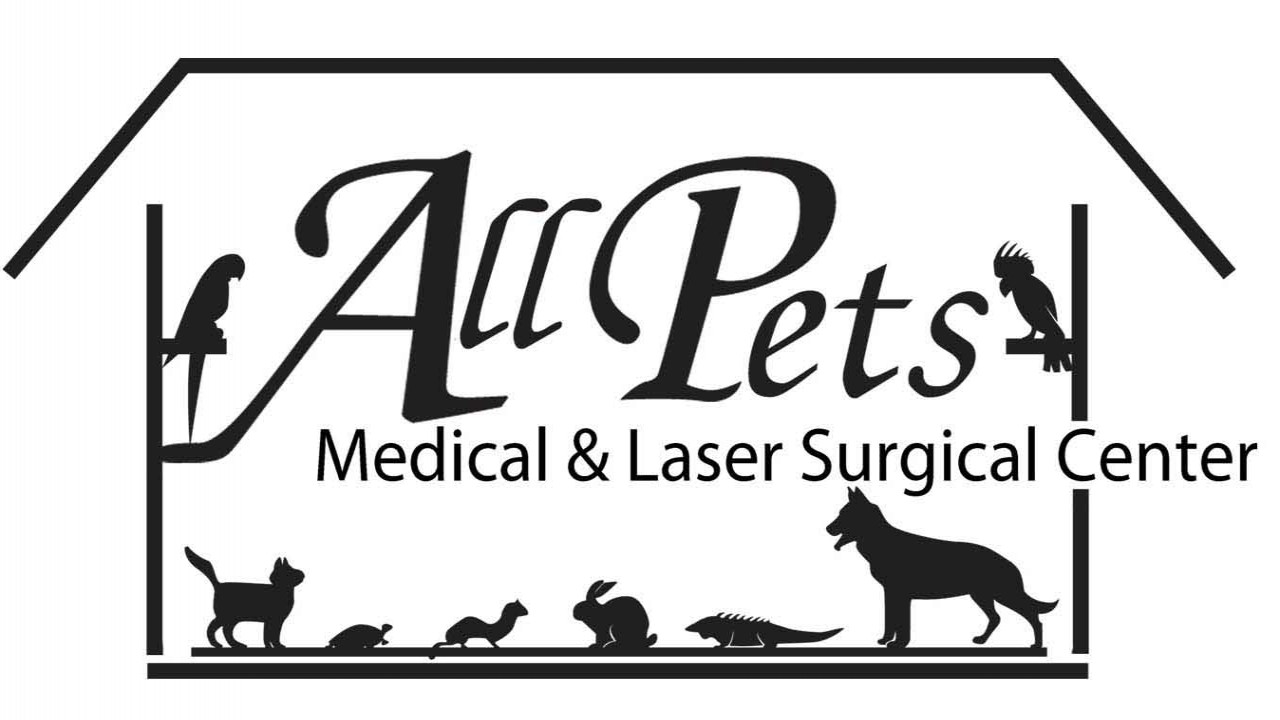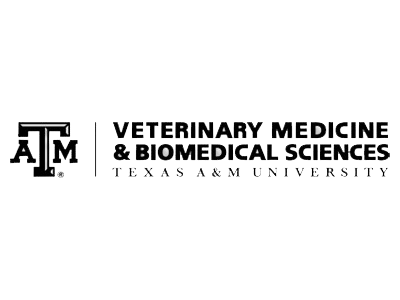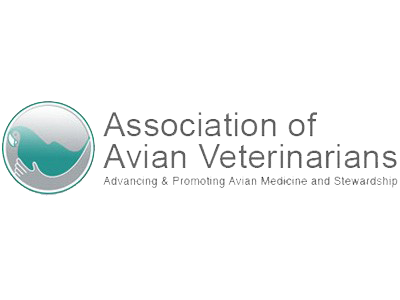Author: All Pets Veterinary Medical Center
Halloween Holiday Health Hazards for Animals
From the Texas Department of State Health Services, Zoonosis Control
With the arrival of the candy-laden and trickster-oriented holiday of Halloween, there are some risks and health hazards that are of concern for animals, particularly pets like dogs and cats. To avoid unfortunate mishaps and tragedies, keep in mind the following tips:
Continue reading Halloween Holiday Health Hazards for Animals
Environmental Enrichment for Birds
Although owning a pet bird may seem like an easy and fun endeavor, there are many challenges associated with maintaining happy and healthy birds. Some pet birds are caged most of their lives and get rather lonely without the stimulating contact between people or with their instincts. Adding this sort of stimulation to your birds life can improve his or her overall happiness, and being in a cage all the time won’t seem so bad. Significant aspects of natural behavior are denied to varying degrees for birds kept as companion animals. Examples of these include flocking, social interaction with other birds, foraging on a variety of foods, and flight. Birds are social, loud and messy. When kept in captivity they deserve the owners’ tolerance to exhibit these normal behaviors.
Canine Rabies: Symptoms, Causes, Diagnosis and Treatment
Continue reading Canine Rabies: Symptoms, Causes, Diagnosis and Treatment
Feline Rabies Treatment and Management
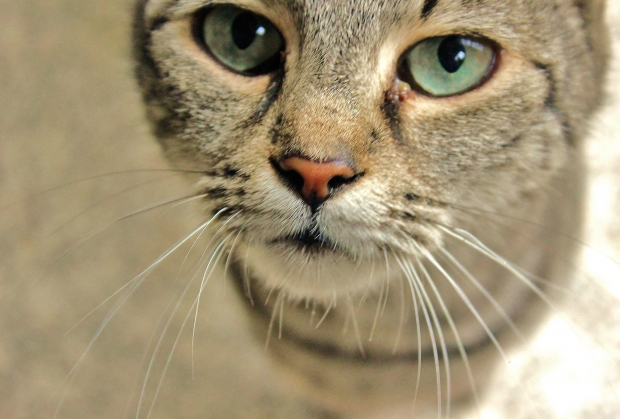 Feline Rabies is an inflammatory infection that specifically affects the gray matter of the cat’s brain and its central nervous system (CNS). The primary way the rabies virus is transmitted to cats in the United States is through a bite from a disease carrier: foxes, raccoons, skunks, and bats. Infectious virus particles are retained in a rabid animal’s salivary glands to better disseminate the virus through their saliva.
Feline Rabies is an inflammatory infection that specifically affects the gray matter of the cat’s brain and its central nervous system (CNS). The primary way the rabies virus is transmitted to cats in the United States is through a bite from a disease carrier: foxes, raccoons, skunks, and bats. Infectious virus particles are retained in a rabid animal’s salivary glands to better disseminate the virus through their saliva.
Once the virus enters the cat’s body, it replicates in the cells of the muscles and then spreads to the closest nerve fibers, including all peripheral, sensory and motor nerves, traveling from there to the CNS via fluid within the nerves. The virus can take up to a month to develop, but once the symptoms have begun, the virus progresses rapidly.
Intestinal Parasite Screenings for Cats
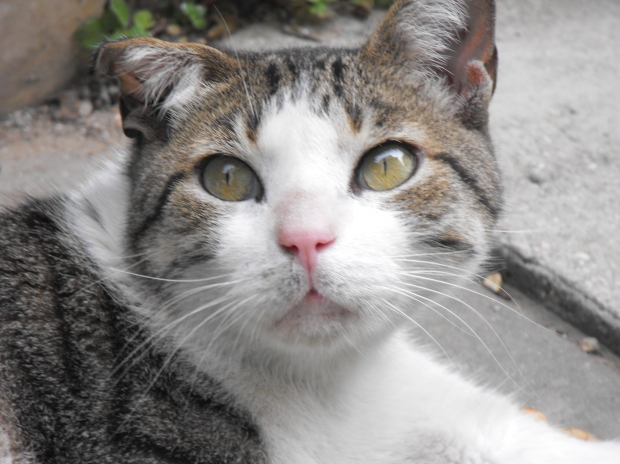 Parasites often go unnoticed because they are “silent”. Intestinal parasites that are more common have adapted so well to their hosts (your cat), that they are living in balance and cause no observational health issues. This can always change though, because when the parasites become too numerous the pet’s health is affected. The best approach, because of their silent nature, is to try to keep pets completely free of them before the balance becomes disturbed.
Parasites often go unnoticed because they are “silent”. Intestinal parasites that are more common have adapted so well to their hosts (your cat), that they are living in balance and cause no observational health issues. This can always change though, because when the parasites become too numerous the pet’s health is affected. The best approach, because of their silent nature, is to try to keep pets completely free of them before the balance becomes disturbed.
The Chemistry Panel in Dogs and Cats
Have you ever wondered what the normal values for the blood chemistry elements for dogs and cats are? Well, “normal” is actually quite relative. Every veterinary diagnostic lab and “in clinic” laboratory equipment will have its own set of calibrated values that are considered “normal”. So as to be expected, the “normal values” will vary.
Heartworms in Dogs: Facts and Myths
Leptospirosis Treatment and Management for Dogs
 Leptospirosis is a disease that can be transmitted to humans and a small amount of other animals. It is an infection of bacterial spirochetes, which dogs acquire when subspecies of the Leptospira interrogans penetrate the skin and spread through the body by way of the bloodstream. If untreated, the disease can be fatal. In this article, I am going to discuss the the treatment and management options for Leptospirosis in dogs.
Leptospirosis is a disease that can be transmitted to humans and a small amount of other animals. It is an infection of bacterial spirochetes, which dogs acquire when subspecies of the Leptospira interrogans penetrate the skin and spread through the body by way of the bloodstream. If untreated, the disease can be fatal. In this article, I am going to discuss the the treatment and management options for Leptospirosis in dogs.
Continue reading Leptospirosis Treatment and Management for Dogs
Dental Care for All Pets
Do you avoid getting up close and personal with your pet’s breath? That bad breath is certainly unpleasant enough, but your pet could have a worse problem. Tartar buildup on teeth and inflamed gums can actually undermine your pet’s good health. This is why proper dental care is very important when it comes to your pet.
